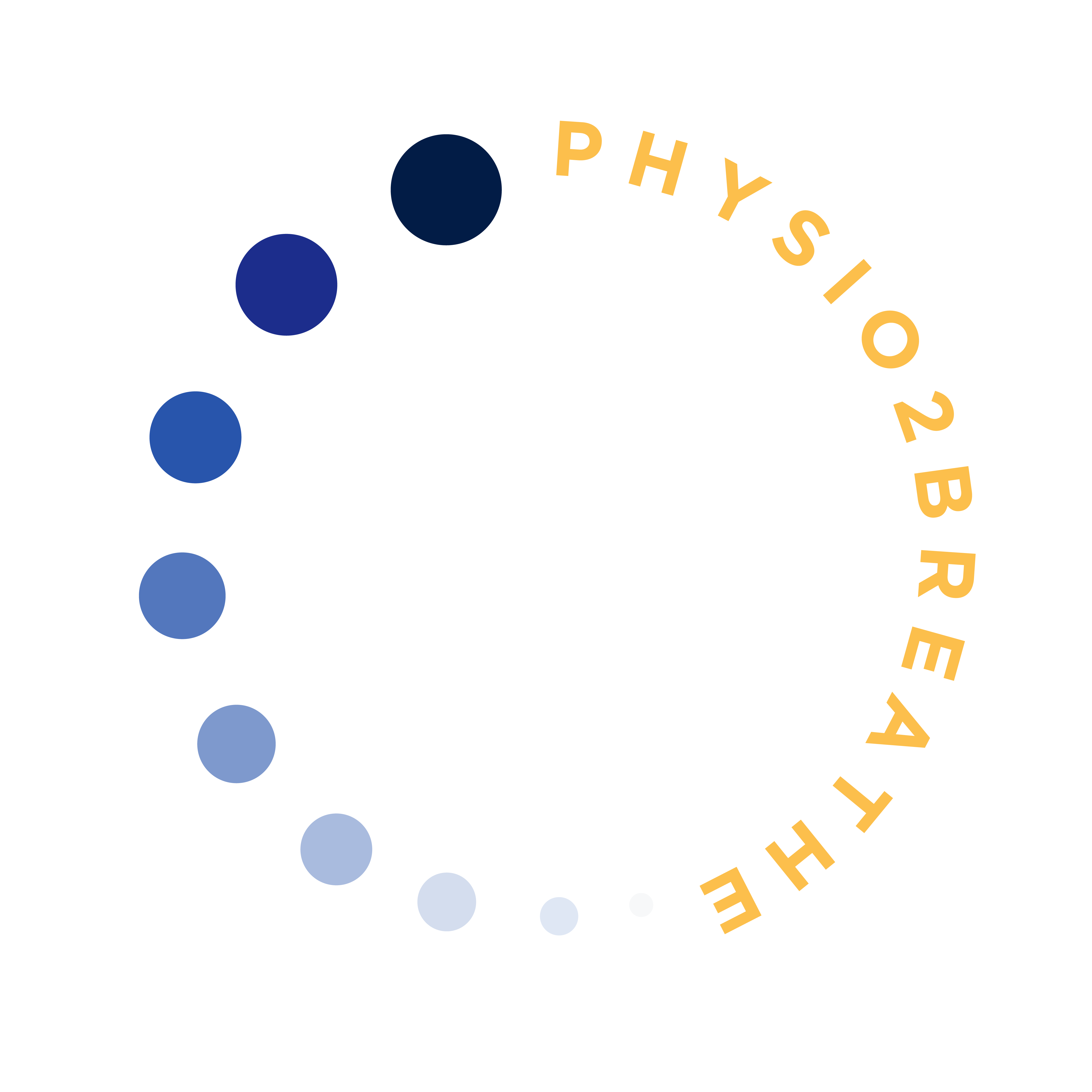Asthma
Facts and Figures from the Asthma WA Website
- 1 in 9 Australians, 237,000 in WA and twice this number in our Indigenous community live with asthma
- Approximately 40,000 people a year are hospitalised in Australia as a result of asthma
- 80% of these admissions are probably avoidable
- Asthma is the leading reason for school absenteeism
- 52% of young people with asthma are at risk of mental illness
- Poor management of asthma leads to decreased quality of life, poor sleep, fatigue and depression
- 71.6%of people do not have an asthma action plan
We also know from a survey by the Asthma Foundation in the last 10 years
- 40% found work stress exacerbated asthma
- 20% had stopped physical activity due to asthma
- 47% forgot to take their medication.
On the plus side these numbers can be lowered with some really good education and breathing well can make an enormous difference.
- Make sure you have the correct diagnosis – if this was made before you were old enough to effectively perform lung function tests go back and see your GP. There are conditions that mimic asthma especially where exercise is concerned .
- Do you have a plan? This really helps you monitor symptoms and when to seek help
- Are you taking your medications and are you taking them correctly? If not it is not reaching your lungs!
- Learn to breathe correctly.Typical breathing patterns that can worsen asthma symptoms and in some cases aggravate an episode are over- breathing or hyperventilation, mouth breathing, using the upper chest/neck muscles to pull air in.
We need to lower these unacceptable statistics.
Where breathing education can help
Over breathing can cause bronchospasm – the narrowing of airways associated with asthma
Breathing incorrectly can cause or contribute to anxiety and panic
Breathing correctly during exercise can prevent onset of exercise induced asthma
Training and strengthening the muscles of breathing can help prevent exercise induced asthma and improve performance
